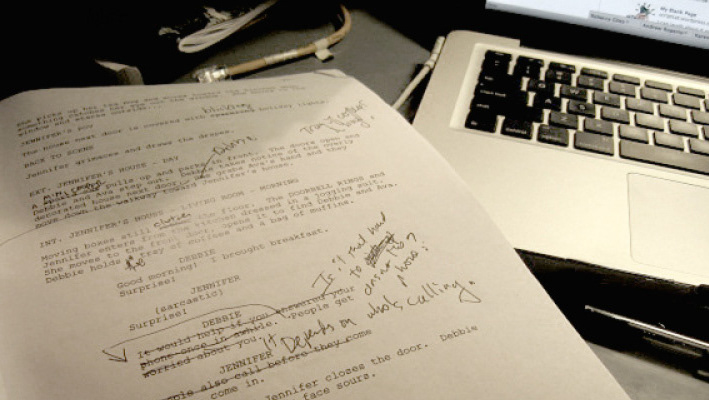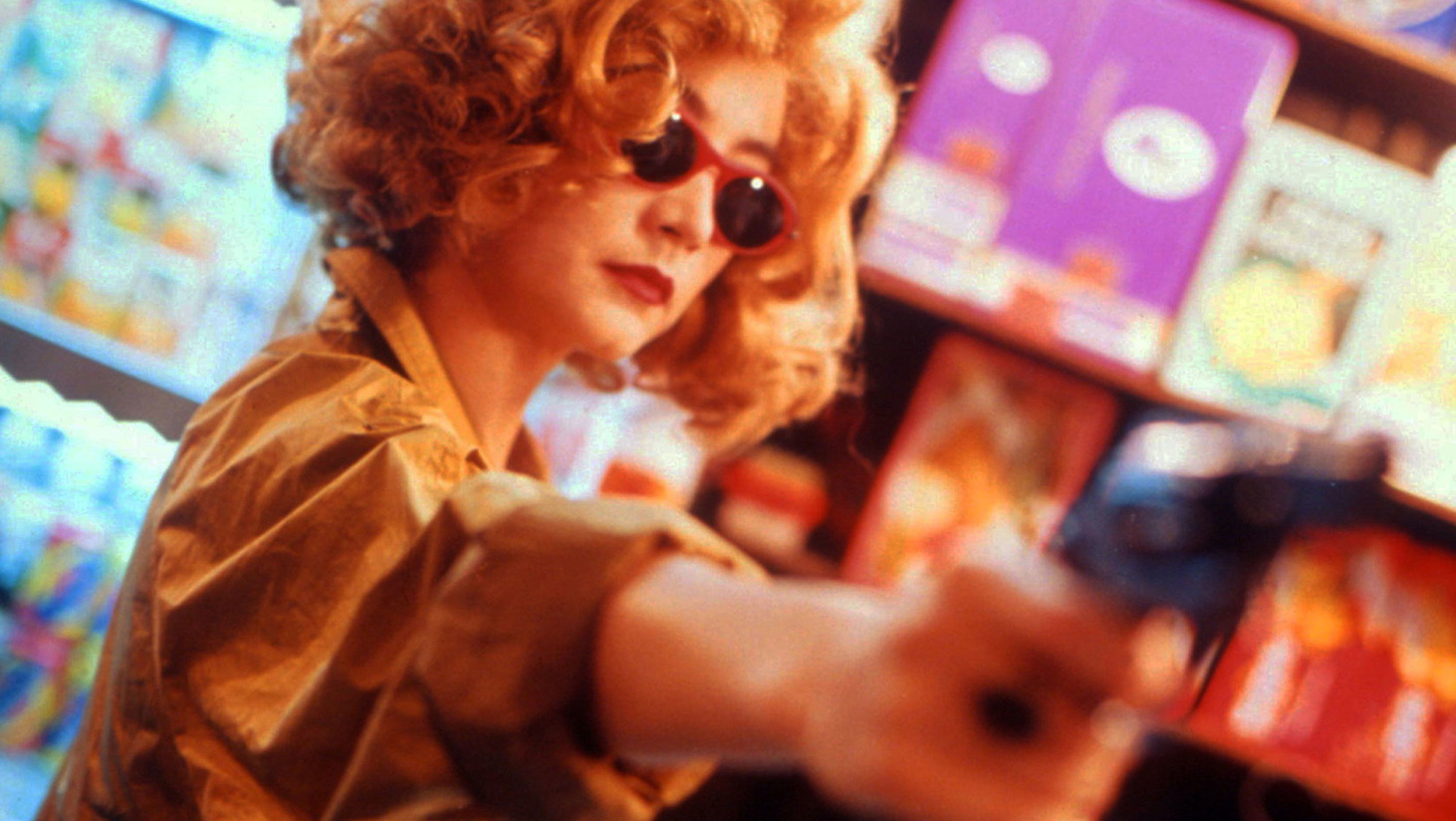So, we begin this second posting of understanding genre by posing a question we find in many things in the world.
What is it trying to be part of?
Whilst the answer to this question, for a significant amount of things, is simple. Like an hour hand being part of a clock, to do its duty of telling time, there are other things that are no so simply defined.
For instance, you'll find many people trying to answer that question about themselves, and they'll wander about their time on our spaceship Earth trying to figure that out. However, this particular post is not about the human mystery, it's about film and the genres we find in it.
Genre, to my current understanding that will most certainly deepen while writing this, is easily defined as a category that separates one thing from another within the artistic world. Though I suppose it could be used to define things outside of the artistic world, I believe the word of "category" does that better than something French that sounds a little bit too posh.
For this posting, we'll go back to the example from last time of Alice in Wonderland.
Now, genre within film can be split into many things, with descriptors such as "action", "adventure", "thriller", "horror", "mystery", etc. These words are not wrong, but are sometimes too vague for some works of film. You'll generally see quite a few films tagged with multiple genres, settings, or sub genres. Alice in Wonderland, for example, is classed as "adventure/science fiction", which is a tag of genre and setting, though I admit the setting is less science fiction and more fantasy, in my own opinion.
John Hartley, within the book Communication, Media and Cultural Studies: Key Concepts (3rd Edition, 2004), had this to say on the topic of genre:
"In film theory, genres are recognizable largely for recurring iconography, repetition of codes and conventions, as well as familiar plot lines. Iconography refers to those elements which make up the visual aspects of a text – for instance, in Westerns a certain style of clothing and familiar setting for the action such as a desert or a mid-Western American town – with horses – is expected. Codes and conventions can best be explained as the technical elements that contribute to generic meaning. They include the song and dance numbers in a musical, or the darkened point of viewshots and menacing soundtrack in a horror film. While these features can readily be uncovered in genre analysis, they are also subject to variation – an extremely important feature of the generic text – and one that is most revealing in the narrative."
Using that text as a guide, let's follow Alice through the looking glass once more.
Alice in Wonderland has the "adventure" genre attached to it, which is distinct from the "action" genre by a very important characteristic. Adventure styled movies are more about the journey and characters within the movie, than the actions you witness. They guide the viewer on a journey with the character that deepens their connection, rather than them just sitting there watching explosions all the time, James Cameron. But I digress. Now, that's not say that action movies don't have journeys or deep connections, but they have less emotional ones and tend to be about intense, high risk, dangerous situations. Adventure movies play out sort of like video games, they take a bit of time to really get into it.
And with that, ends the second posting.







